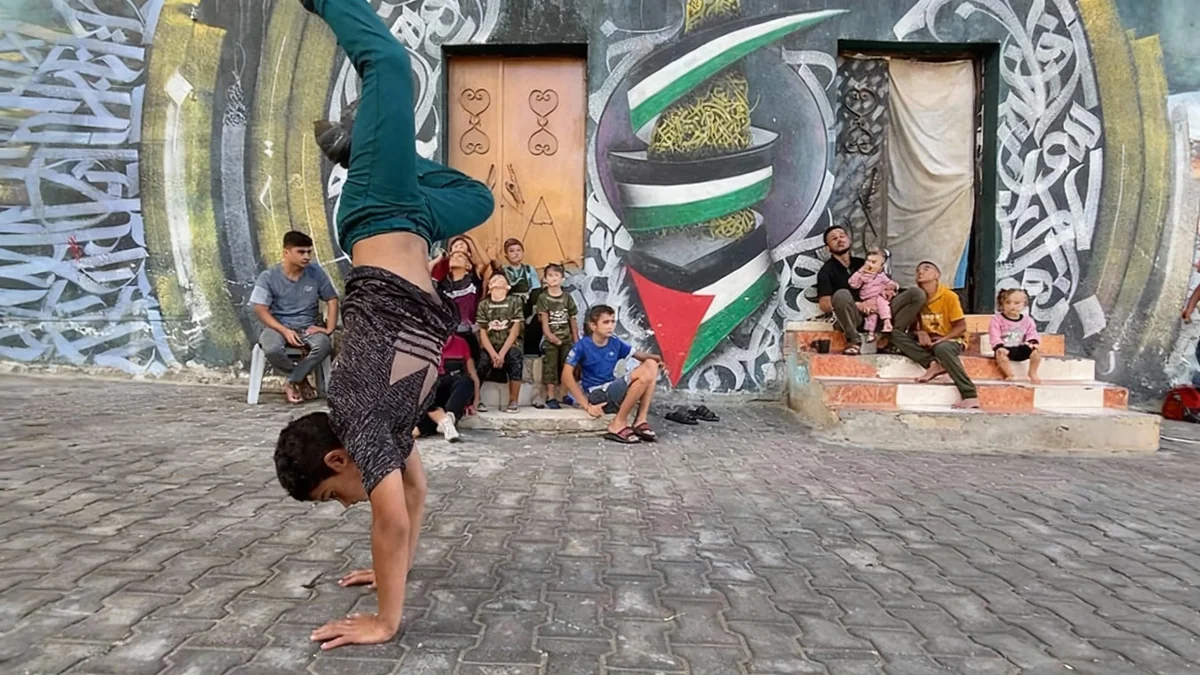Hangzhou First People's Hospital Tonglu Branch has officially opened in Tonglu County. The new facility, located in the High-speed Rail Future City, is a comprehensive Grade-A tertiary hospital. It features an all-steel structure and has received Three-star Green Building certification, marking a significant advancement in regional healthcare infrastructure.
The hospital's design integrates modern medical functionality with environmental sustainability. Its construction began before the global pandemic in 2019, with the goal of improving medical services in county-level areas and reducing patient overflow at provincial hospitals. The facility is strategically placed near the Hangzhou-Huangshan High-Speed Railway's Tonglu Station.
Key Takeaways
- New hospital in Tonglu County is a Grade-A tertiary facility.
- It features an all-steel structure, promoting sustainability.
- The design includes a unique 'clover-shaped' nursing unit.
- Achieved Three-star Green Building certification.
- Aims to alleviate overcrowding in provincial hospitals and enhance local medical care.
Strategic Location and Natural Integration
The new hospital campus is located in the High-speed Rail Future City of Tonglu County. This area is characterized by developed roads and surrounding mountain ranges. These natural features echo the landscape depicted in the classical Chinese painting, "Dwelling in the Fuchun Mountains." The hospital's design seeks to blend with this natural beauty.
The selection of this site was deliberate. It is an emerging urban district that needed a pioneering architectural presence. The location ensures easy access for patients and staff, supported by the adjacent high-speed rail station.
Background on Tonglu's Healthcare Needs
Before this project, provincial Grade-A tertiary hospitals often experienced overcrowding. This new facility aims to address that issue by providing advanced medical services at the county level. It represents a significant investment in local public health infrastructure.
Innovative "Clover-Shaped" Design
The conceptual design phase for the hospital took place in 2020. Architects faced the challenge of designing a large-scale, high-density hospital on a narrow, elongated rectangular site. The site also had a 35-degree deviation from a true north-south orientation.
To overcome this, designers introduced a novel "clover-shaped" nursing unit. This layout arranges three nursing units on a single floor around a central elevator lobby. This configuration provides ample daylight and ventilation for all units. It also improves the efficiency of the central circulation core.
"The clover-shaped nursing unit was an innovative solution to site constraints, ensuring natural light and efficient movement for patients and staff," according to the architectural designers.
Through-Type Medical Street Enhances Flow
The hospital incorporates a through-type medical street. This street connects the three main functional zones: the outpatient building, the medical technology center, and the inpatient building. This creates a unified medical complex, allowing for intuitive navigation.
Patients can easily see the division of functions from within the spacious medical street. This clarity helps them find their destinations quickly. The design considered both existing staff habits and future growth requirements.
Hospital Capacity and Area
- Total Site Area: 70,000 square meters
- Total Construction Area: Approximately 202,000 square meters
- Above Ground Area: 139,000 square meters
- Underground Area: 63,000 square meters
- Total Beds: 1,100
Resilient and Human-Centered Spaces
Medical building design prioritizes functionality for efficient diagnosis and treatment. However, the Hangzhou First People's Hospital Tonglu Branch also emphasizes serving its users. It aims to be a welcoming space, not just a "treatment machine." This includes patients, their families, medical staff, and support personnel.
The hospital uses homogenized modular spaces for functional efficiency within the limited site. It also provides adaptable, flexible spaces. These spaces can accommodate diverse services and future changes. The core principles are openness, human-centered design, and service orientation.
The podium design includes colonnades and cantilevered roofs. These elements offer shelter from sun and rain. They also create a transitional space between indoors and outdoors, adding a touch of classical beauty. This design helps ease the sometimes stressful hospital environment.
Light-Filled Courtyards and Shared Areas
In the outpatient department, light-filled courtyards act as functional spacers. Outpatient modules are arranged on both sides of the medical street. These modular units provide standardized waiting areas and clinical spaces. Their layouts are organized based on specific organ diseases.
The inpatient building features three sunlit shared areas. These areas are located between the three clover-shaped nursing units, around the central core. They offer ample daylight and well-proportioned spaces. These areas serve as leisure spots for medical staff or communication spaces for patients' families, enhancing comfort and well-being.
All-Steel Structure and Green Building Standards
The hospital project utilizes an all-steel structure. This choice aligns with modern construction trends, especially in the post-pandemic era, where rapid and large-scale hospital construction is common. Steel structures offer several advantages over traditional concrete.
Steel is considered more energy-efficient and environmentally friendly. Modular construction with steel significantly speeds up the building process. The successful completion of this project provides valuable experience for future hospital buildings using steel structures, setting a precedent for sustainable healthcare infrastructure.
Green Building Certification
The hospital has achieved China's highest Three-star Green Building standards. This certification reflects its commitment to environmental sustainability and energy efficiency in its design and operation.
Cost-Effective Design with Aesthetic Appeal
The building features gentle curvatures at its ends and skylines, giving it a futuristic appearance. Despite these aesthetic elements, internal functional spaces use a modular design. This approach helps manage costs while delivering a modern look.
Architects optimized the building's curvature multiple times. They also adjusted the width of facade lines. This careful planning allowed the creation of a full steel structure hospital meeting China's highest green building standards at a competitive cost. This demonstrates that advanced design and sustainability can be achieved within budget constraints.
The combination of silver gradient aluminum panels and blue-gray glass further enhances the building's modern aesthetic. This material palette creates a subtle dialogue between traditional Chinese landscape art and contemporary architectural vision.




